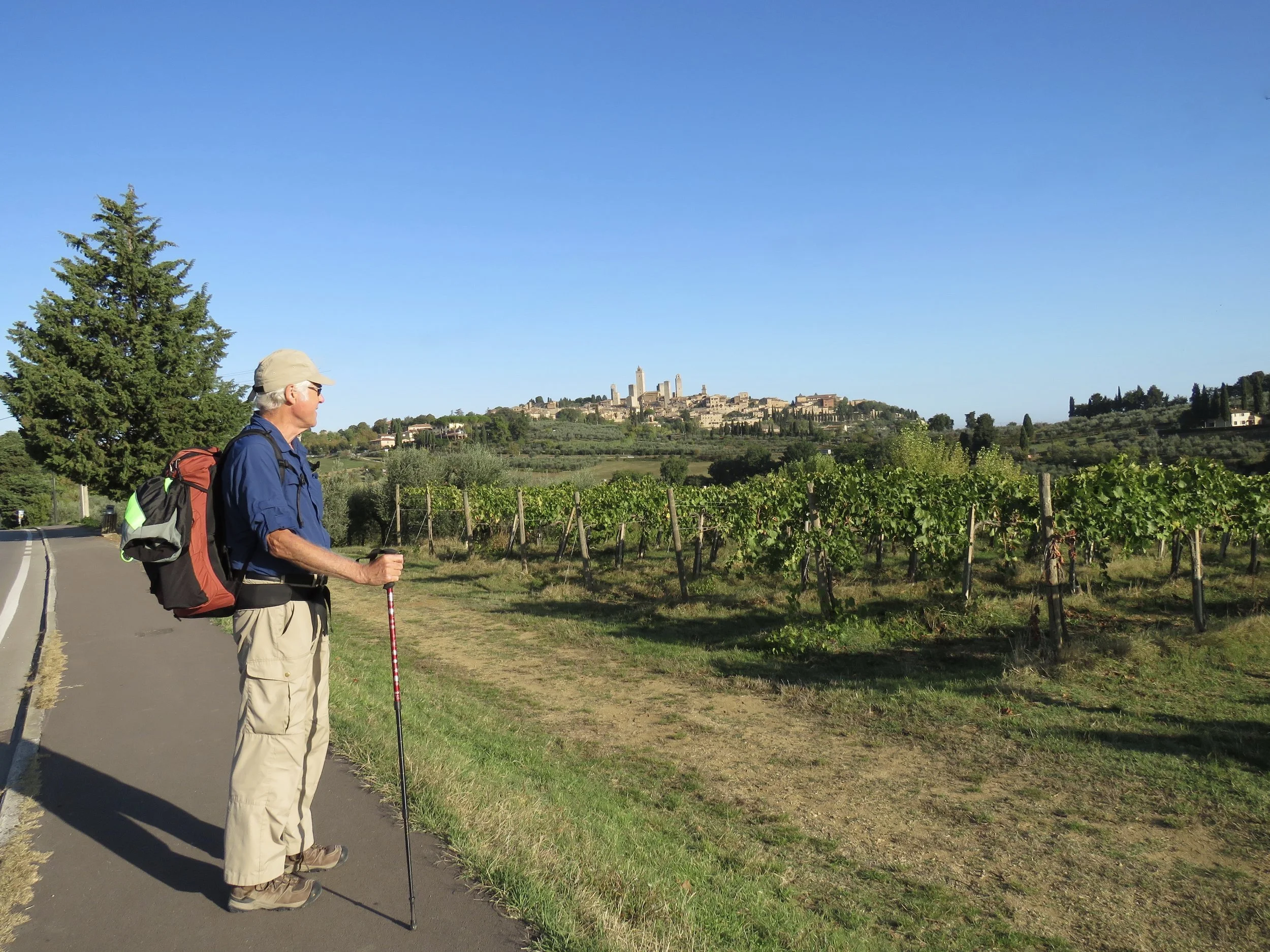Kakadu National Park is one of Australia’s best known parks. But it’s another several hundred kilometers, hot, muggy.. what to do? Is Kakado worth the extra miles?
After having seen it, we both agree: yes. If you have come from so far, you might as well go the extra miles and see it. We were disappointed with the landscape. It’s just more of the same desert: shrub, flat and long distances. There are more palm trees in the mix and it’s a bit greener, but also hotter and more humid. Wouldn’t want to be here much later in the year.
Much of what is described in the tourist books and brochures is only accessible if you have a 4WD or some rough car that allows you to go down bumpy dirt roads. Rental campers are not allowed on dirt roads. However, there are a few short, paved side roads that allow you a glimpse into Kakadu. Two excellent visitor centres explain both the aboriginal way of life, local legends and ceremonies as well as the natural history of the park.
We stopped at a few view points but the highlight was two extensive sites of aboriginal art. As far back as 20,000 years (!) people have come to these very spots. They roamed and hunted on the plains and in the estuaries of the rivers leading to the Timor Sea (Van Diemen Gulf).
In Kakadu they had rock shelters, allowing them to spend the rainy season here. And what do you do on a blustery, rainy evening when it’s dark early and you have nothing else to do? You tell stories with your children and extended family around. And while some recalled events, and others explained legends, and the talk drifted to the hunt and the food they enjoyed - some of the gathered clan illustrated these stories.
Cave art
They did so with stones and the ground colors that were in abundant supply. They painted them on walls and ceilings... Little did they know that, thousands of years later, we would file by and take photos of their art. Thanks to aboriginal interpretations, we are able to follow their stories - such as the Rainbow Serpent tale about women coming of age; the yam-man who killed people and lessons about greed and honesty. Pretty cool stuff.
I was grateful that you are allowed to take photos. At Uluru everything is sacred and photography is not allowed. But when you’ve come from the other side of the world, it is nice to be able to take photos.
So if you ever have the opportunity to visit this unique National Park and wonder if you should Kakadu or Kakadon’t - I would suggest you just DO it
Wild and rugged Arnhemland.






















